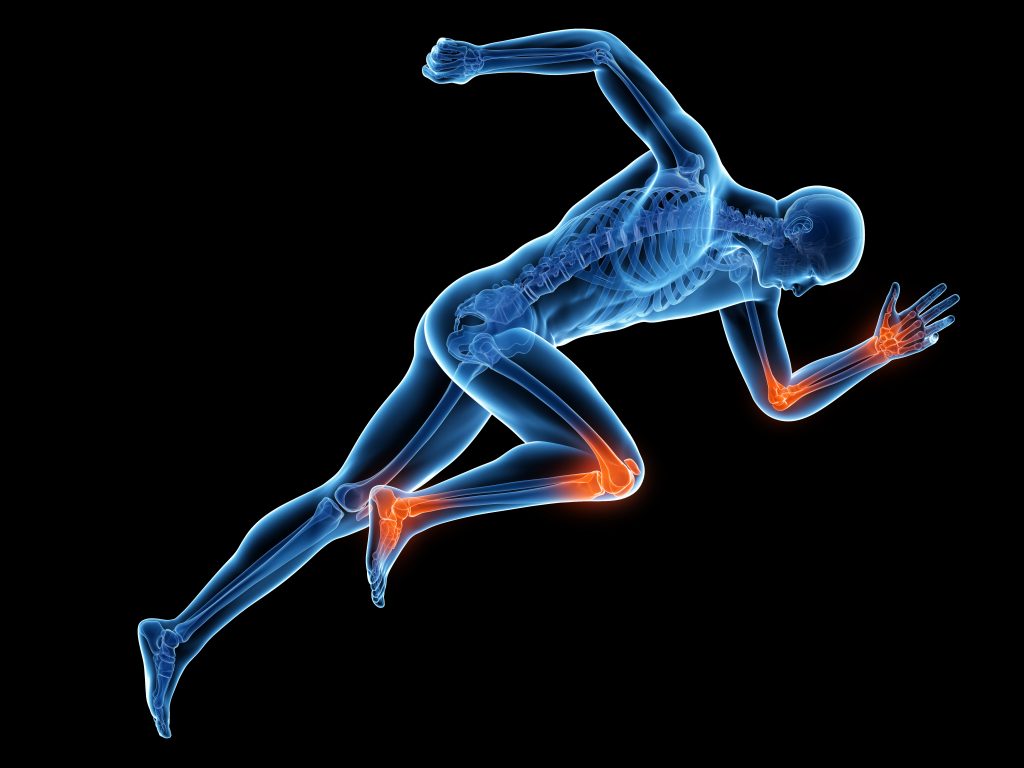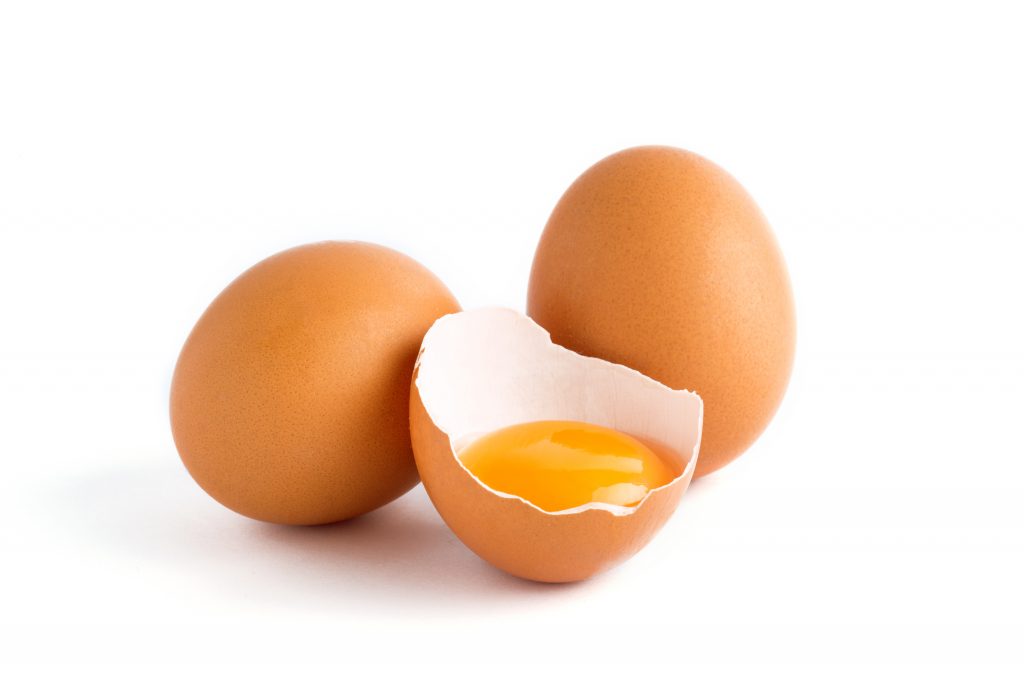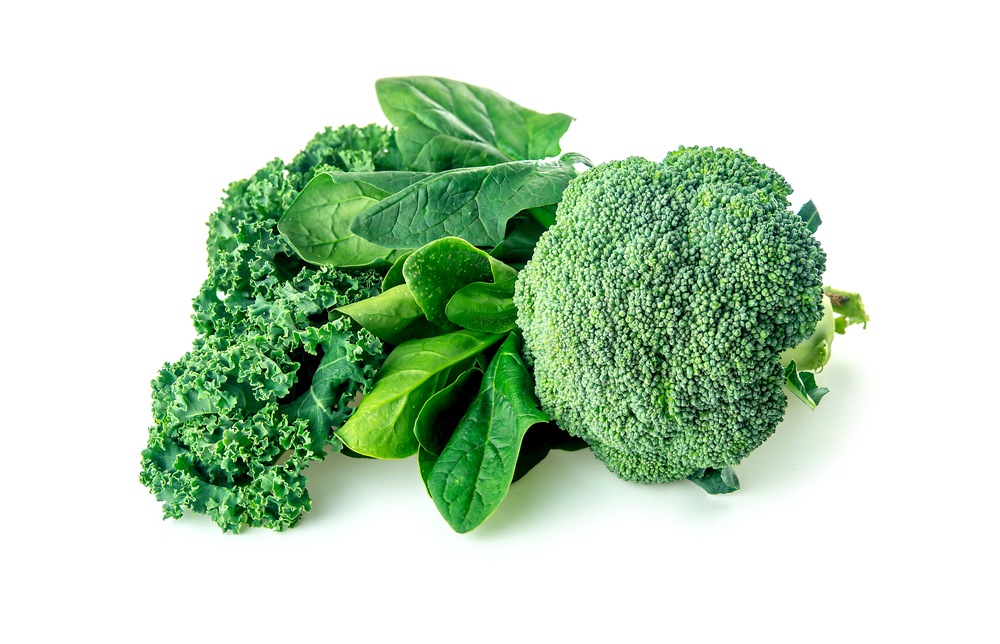

If there is one thing that reminds us, most noticeably, that our body is aging – it is probably our joints and connective tissues.
Somewhere in my mid-thirties, these were my Achilles tendons that made me aware for the first time of the signs of time.
For some people, it’s their shoulders that start to “buzz.” For others, the knees.
Another, maybe even a stronger reminder is looking at toddlers, and young children move. As a father of a two and a half old girl, it’s hard to watch sometimes how she bounces on her knees on a hard surface without wondering if she might be hurting herself. The fact that she is laughing joyfully while doing it tells me that she doesn’t.
Our joints and connective tissues age with us. Collagen is the glue that holds the body together, and as we age, collagen production in the body slows down. Our joints, tendons, and ligaments lose their elasticity. When we’re not producing enough collagen, we are more prone to injuries. It also takes longer for the tissue to recover.
When we think about nutrition for the joints and connective tissues, we need to think about foods and supplements that will support collagen production. Inflammation is another key component for the erosion of our joints. So we also want foods that keep inflammation in these tissues, in control.
So what are some of the foods that can help us support joint health?
Bone Broth
Bone broth is rich in gelatine, which is cooked collagen. The homemade version of slow-simmered bones on low heat for 24-48 hours is always a good option. Bone broth, consumed daily supplies all the components to support cartilage production. You can also use our Bone Broth Complex, which is a dehydrated bone broth with other ingredients to give your joints targeted support.
Eat “nose to tail.”
Our modern diet excludes a nutritional treasure when it comes to animal parts. I’m referring to all the animal parts that are rich in cartilage.
Bones, especially the knuckles, are the best example.
But also cuts like the beef chuck roast, pig ears, and pig feet are excellent sources of cartilage.
Omega-3 fats.
Fish like sardines and salmon are loaded with this fatty acid known as EPA and DHA. Omega3s were found to lower inflammation in the joints and also to reduce symptoms of joint stiffness and pain.
When you eat bone-in sardines, you also get the bonus of plenty of calcium, the building block of your bones.
Vitamin K2
Vitamin K2 is necessary for bones in utilizing calcium. K2 directs the calcium into your joints.
Making the distinction between vitamin K1 and K2 is essential. While vitamin K1 is abundant and can be found in plant food like leafy greens, vitamin K2 is less common. The best sources of vitamin K2 are pastured and grass-fed meats and dairy products, pastured eggs, liver from pastured animals, and fermented foods like sauerkraut.
Vitamin D
Vitamin D is crucial in helping your body absorb calcium for your bones. It also helps in the absorption of phosphorus, another essential mineral for your bones.
Leafy Greens
Leafy greens like collards and kale have a good amount of calcium. However, calcium cannot be used by the bones without the help of vitamin K2 and vitamin D. If you want to optimize the utilization of calcium in greens it would be a good idea to sautee them in grass-fed butter or ghee, which are rich with vitamin K2.
As with any other issue or disease, we experience, we need to take the holistic approach. Your joints are part of a system where everything is connected and related to each other. Therefore the general health elements are relevant here like in any other case: eat clean food, exercise regularly, manage your stress, and rest.
In Good Health!







